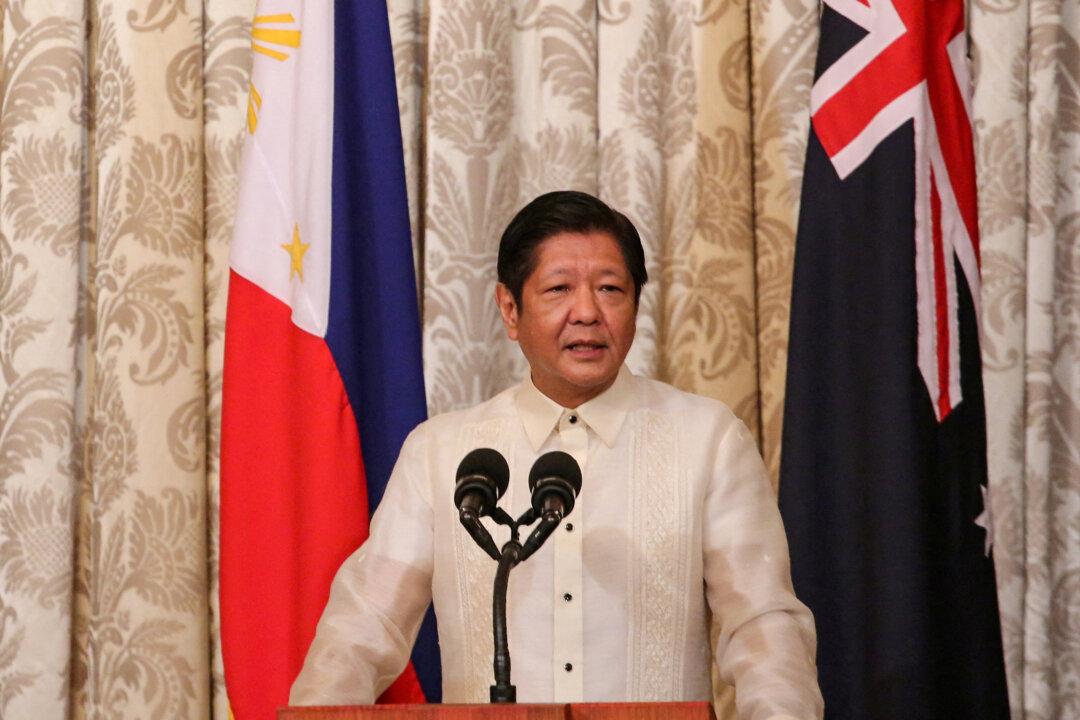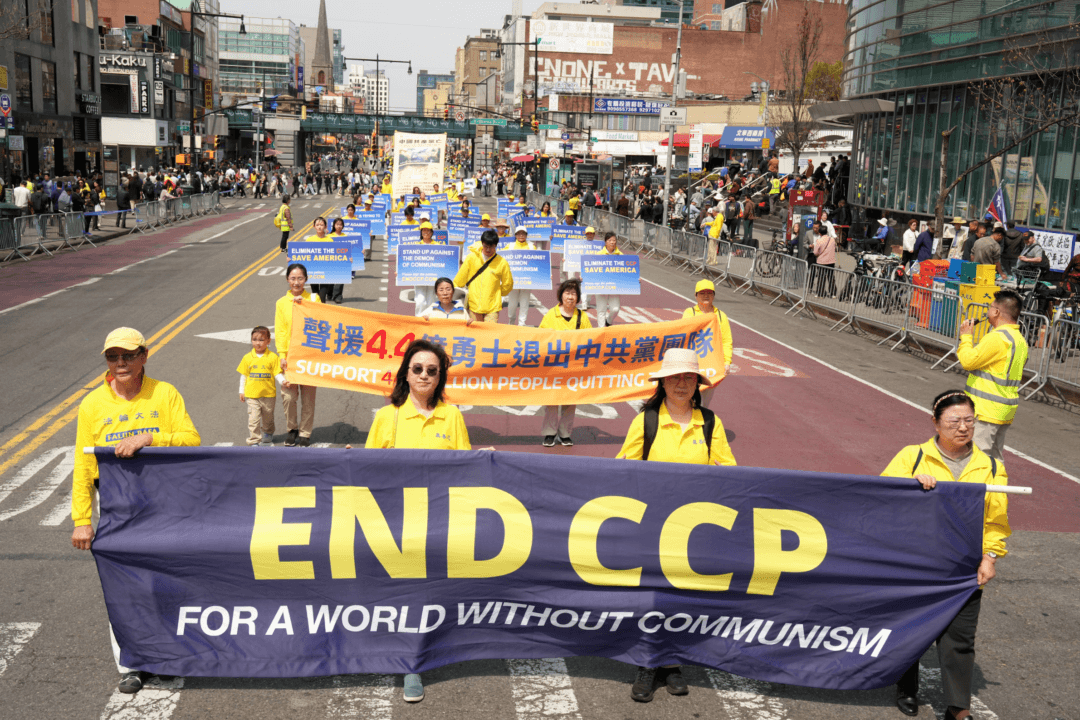Philippine President Ferdinand Marcos Jr. told reporters he had a “very friendly” and “very productive” call with U.S. President-elect Donald Trump on Nov. 19, wherein both leaders expressed their intent to strengthen the alliance between the two countries.
Marcos is the son of former Filipino President Ferdinand Marcos Sr., whose time in office was marked by rebellions by various groups including a newly founded Communist Party of the Philippines that spurred him to declare martial law. In 1986, the family fled to Hawaii with the help of the United States after mass protests ousted Marcos Sr. from his two-decade rule.
Marcos said Trump had asked about his 95-year-old mother.
“He asked, ‘How is Imelda?’ I told him, ‘She’s congratulating you,’” he said.
Marcos took office in 2022, steering the Philippines toward the United States in a departure from his pro-Beijing predecessor, Rodrigo Duterte.
Last year, Marcos made the first official visit by a Filipino leader to the United States in more than a decade.
The United States and the Philippines are allied under a 1951 Mutual Defense Treaty, but the relationship frayed under Duterte, who threatened to revoke an agreement that allowed U.S. troops to have a presence in the Philippines but reversed his decision before the end of his term.
The Visiting Forces Agreement provides rules for the rotation of thousands of U.S. troops in and out of the Philippines for war drills and exercises.
The Philippines, which sits in a strategically critical location in the South China Sea below Taiwan, has faced increasing military aggression from the Chinese communist regime in recent months.
The United States has reiterated its commitment to defend the Philippines if the Chinese military crosses the line, and on Nov. 19, U.S. Defense Secretary Lloyd Austin visited the Philippine military’s Western Command on the island of Palawan in person to do so.
Austin said the behavior of the Chinese communist regime in relation to the Philippines has been concerning.
“Our commitment to the Mutual Defense Treaty is ironclad. Let me say again that the Mutual Defense Treaty applies to armed attacks on either of our own armed forces, aircraft, or public vessels, including our coastguards, anywhere in the South China Sea,” Austin said.







